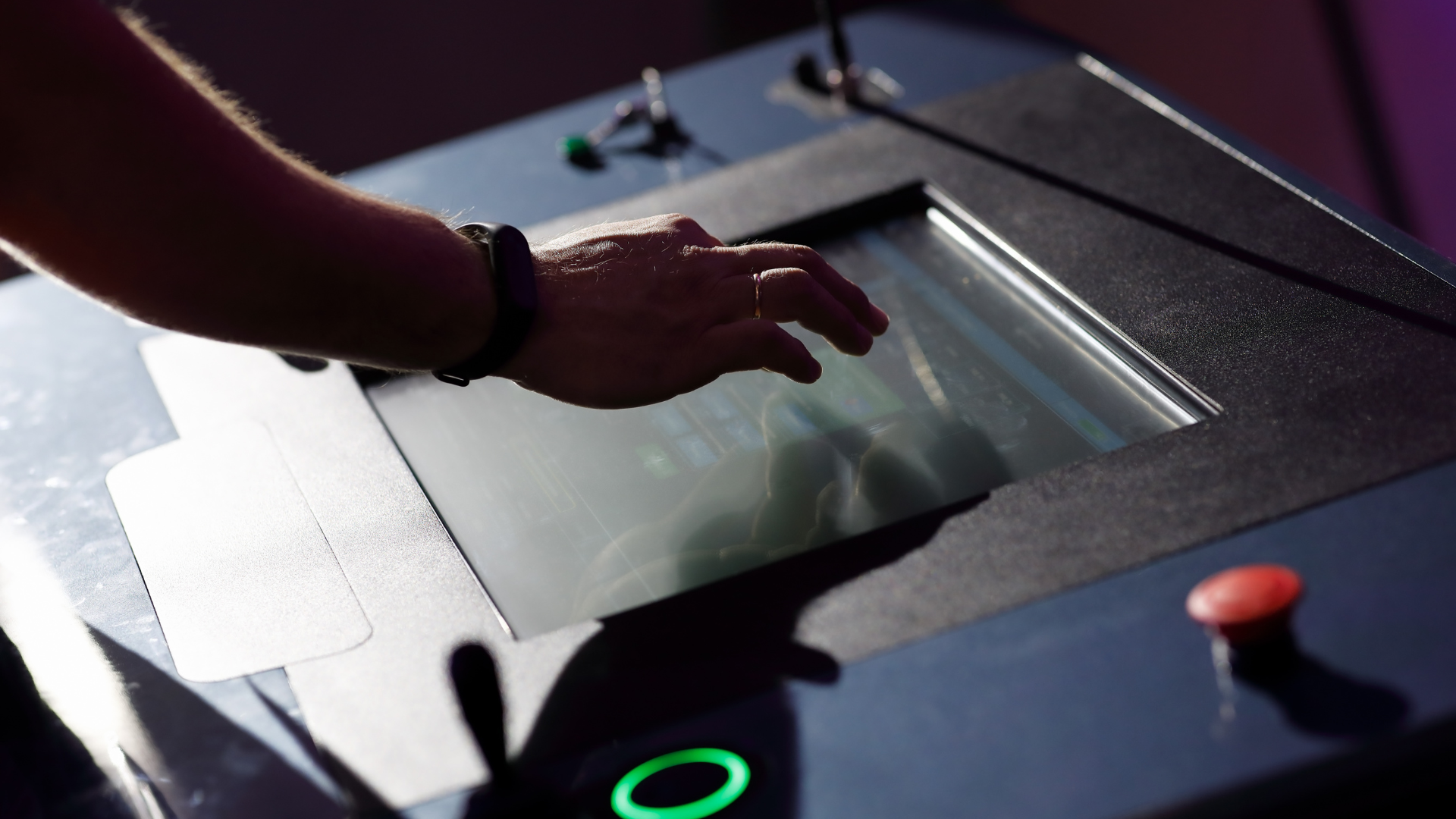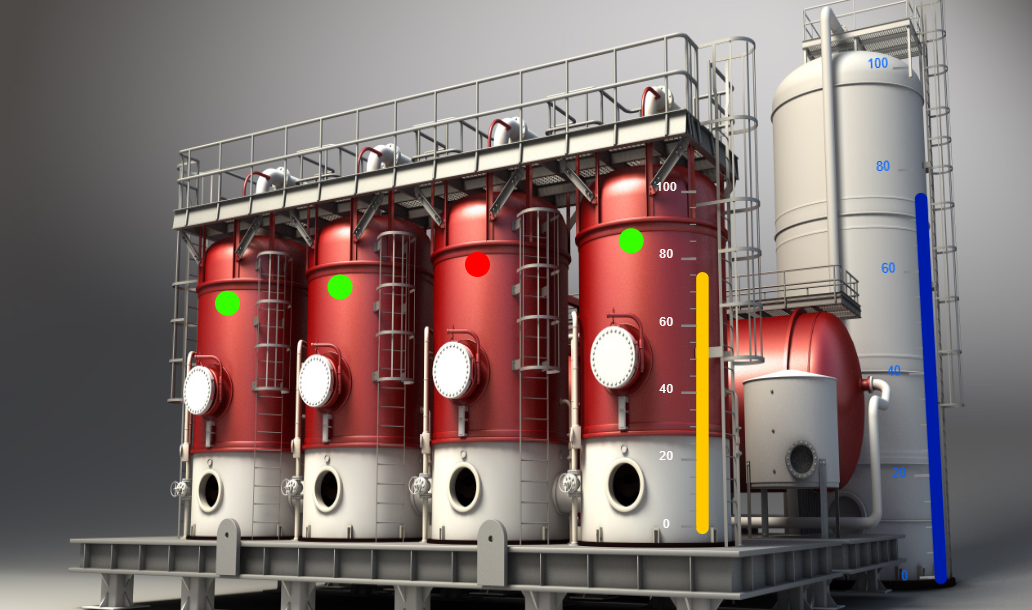On the contrary, Human-Machine Interface (HMI) is a crucial component that empowers operators to effortlessly and efficiently interact with various machines or systems. This graphical interface serves as the gateway for seamless communication, enabling operators to effortlessly control and monitor the functions of the machine or system with utmost precision. It plays a pivotal role in enhancing productivity and ensuring optimal performance by providing operators with an intuitive and user-friendly platform to navigate through complex operations. The HMI takes the data collected by SCADA systems and transforms it into visually captivating representations. These visualizations not only make the information more easily understandable but also enable users to gain valuable insights at a glance. With its advanced algorithms, the HMI seamlessly translates complex data sets into visually appealing charts, graphs, and diagrams that leave a lasting impression. It empowers businesses to effectively analyze and communicate their data-driven findings with precision and confidence. Human Machine Interfaces (HMIs) are fundamentally designed to serve as the ultimate solution for local control and monitoring purposes within a specific machine or process. They play a crucial role in facilitating seamless communication between humans and machines, making it efficient and convenient for operators to interact with the equipment. By utilizing user-friendly interfaces, HMIs empower operators to effortlessly navigate through complex systems, monitor critical parameters, and take prompt actions whenever necessary with utmost precision. Their unparalleled functionality guarantees enhanced productivity while ensuring optimal safety standards are upheld at all times. These highly efficient HMI’s can seamlessly integrate with Programmable Logic Controllers (PLCs) to offer unparalleled real-time data visualization and control capabilities. This integration empowers businesses to access and analyze up-to-the-minute data, enabling them to make informed decisions swiftly and effectively. With their advanced algorithms, these assistants provide comprehensive insights and enable businesses to optimize their operations with precision and confidence.
In summary, it is crucial to understand that SCADA (Supervisory Control and Data Acquisition) is an incredibly robust and comprehensive system that goes beyond just monitoring and controlling processes on a larger scale. It encompasses multiple components that work seamlessly together to ensure the efficient operation of complex industrial processes. On the other hand, HMI (Human Machine Interface) plays a critical role in providing operators with an intuitive and user-friendly interface to interact with specific machines or processes. It empowers operators with real-time data visualization, control capabilities, and facilitates effective decision-making.
If you possess a genuine interest in expanding your knowledge about Programmable Logic Controllers (PLCs), Supervisory Control and Data Acquisition (SCADA) systems, or Human Machine Interfaces (HMIs), then you'll be thrilled to discover the wide array of courses available that comprehensively delve into these subjects. These courses not only equip you with the skills to proficiently program PLCs using HMIs, but also provide an in-depth understanding of the diverse types of SCADA systems that exist in industry. By enrolling in these courses, you are sure to gain a solid foundation and expertise in these crucial areas of industrial automation.





